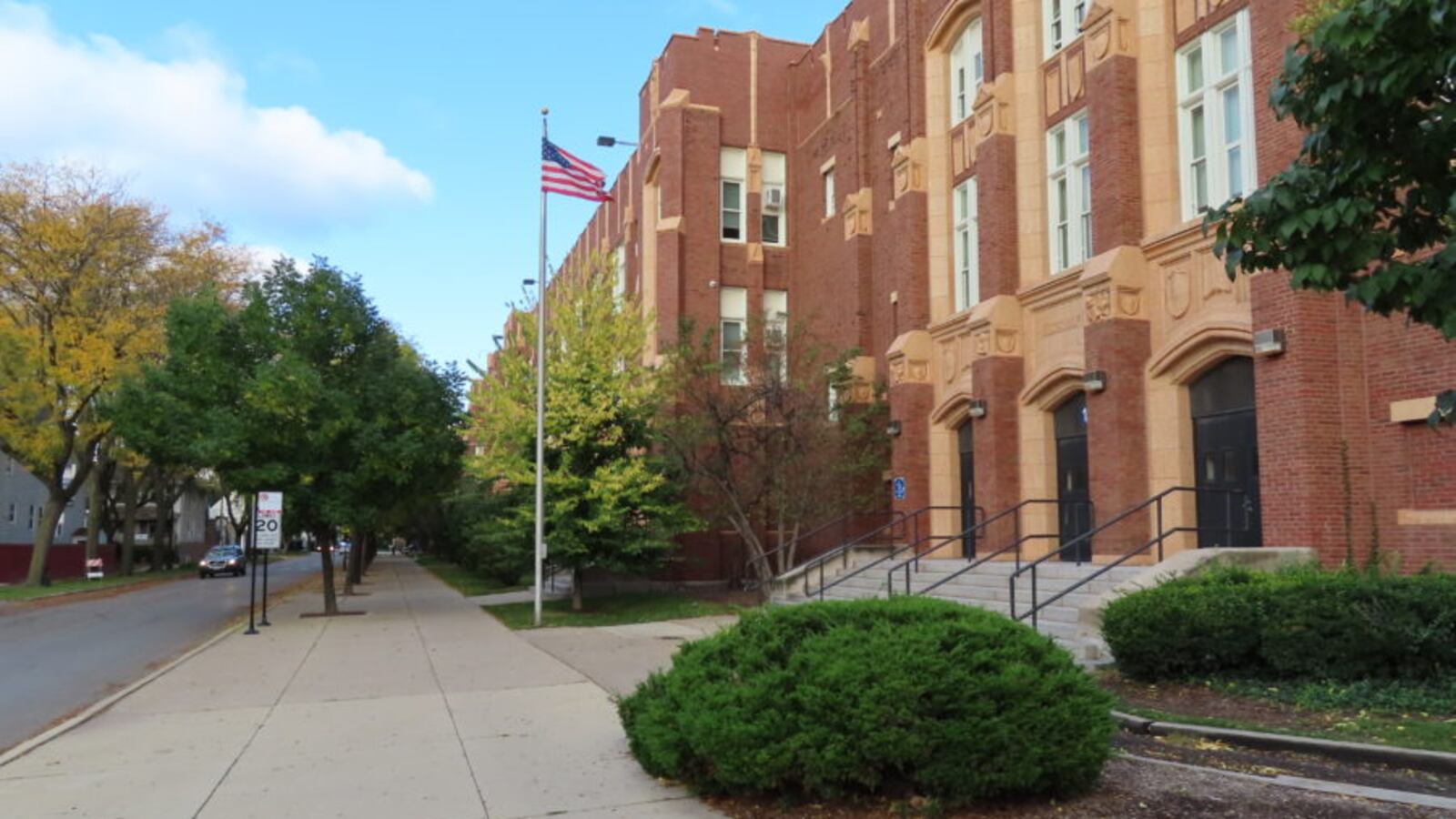Rather than closing campuses or sweeping out administrators, the state education board is sending Chicago $27.5 million this year to support about 300 of the district’s most struggling schools.
It’s part of Illinois’ new school accountability system. Neither the state nor the Chicago school district would say immediately how specific schools will use the additional funds. The schools receiving the funds were flagged by the Illinois State Board of Education, which last year began grading schools.
Chicago’s school board on Wednesday approved “school improvement plans” that scores of schools submitted in order to receive supplemental funds.
Illinois developed its new ratings system to comply with the federal Every Student Succeeds Act passed in 2015. Struggling schools designated as “underperforming” or “lowest performing” in the Illinois Schools Report Card are eligible for additional state money to fund approved improvement plans.
Traditionally, Chicago schools flagged as low performing by the district‘s school rating system have been targeted for “intensive support,” a designation that has spurred fears in school communities about dramatic consequences — like the district replacing leadership and staff or worse, closure. In contrast, the state now relies on the carrot rather than the stick to improve academic performance.
The state is sending about $180,000 in school improvement funds to Roosevelt Middle School, located on the Roosevelt High School Campus in the Northwest Side Albany Park neighborhood, according to Principal Dan Kramer. The state ranked the high school “commendable,” its second-highest rating, but identified the middle school as underperforming. About 100 seventh and eighth grade students attend the predominantly Latino middle school.
Kramer said he will use the additional funds to pay teachers to meet after school and develop advising and high school readiness plans for graduating 8th graders, to contract with a community group focused on students’ social and emotional learning, and to purchase Chromebooks for students. Kramer said the district has allowed principals “a fair amount of autonomy” to develop plans to support students and boost performance.
“The fact that you get scored [by the rating system] can be a little intimidating, but once you embrace that it’s about knowing how we are doing and what we need to improve on, and realize there’s resources that come hand in hand with that — it’s fair,” Kramer said. “It’s also good that there is some autonomy in determining your own plan in response to those scoring methods, because it’s not a one-size-fits-all decision.”
Roosevelt plans to help students with a summer high school readiness program, and additional social and emotional supports for students who would benefit from social work, counseling and mentorship via a partnership with Youth Advocate Programs. (The state funds can’t be used for staffing, but schools are encouraged to partner with community organizations on school improvement, Kramer said.)
“We’ve seen a group of students who have really struggled with some attendance issues, some interpersonal relationship issues, getting along with other teachers and peers,” Kramer said.
The board approved school improvement plans for nearly half of its schools in the district on Wednesday, about 300 campuses. Of those, 278 were flagged for improvement by the state. The school district flagged 50 of the schools for “intensive support,” including 32 that were also identified as underperforming or lowest-performing by the state.

